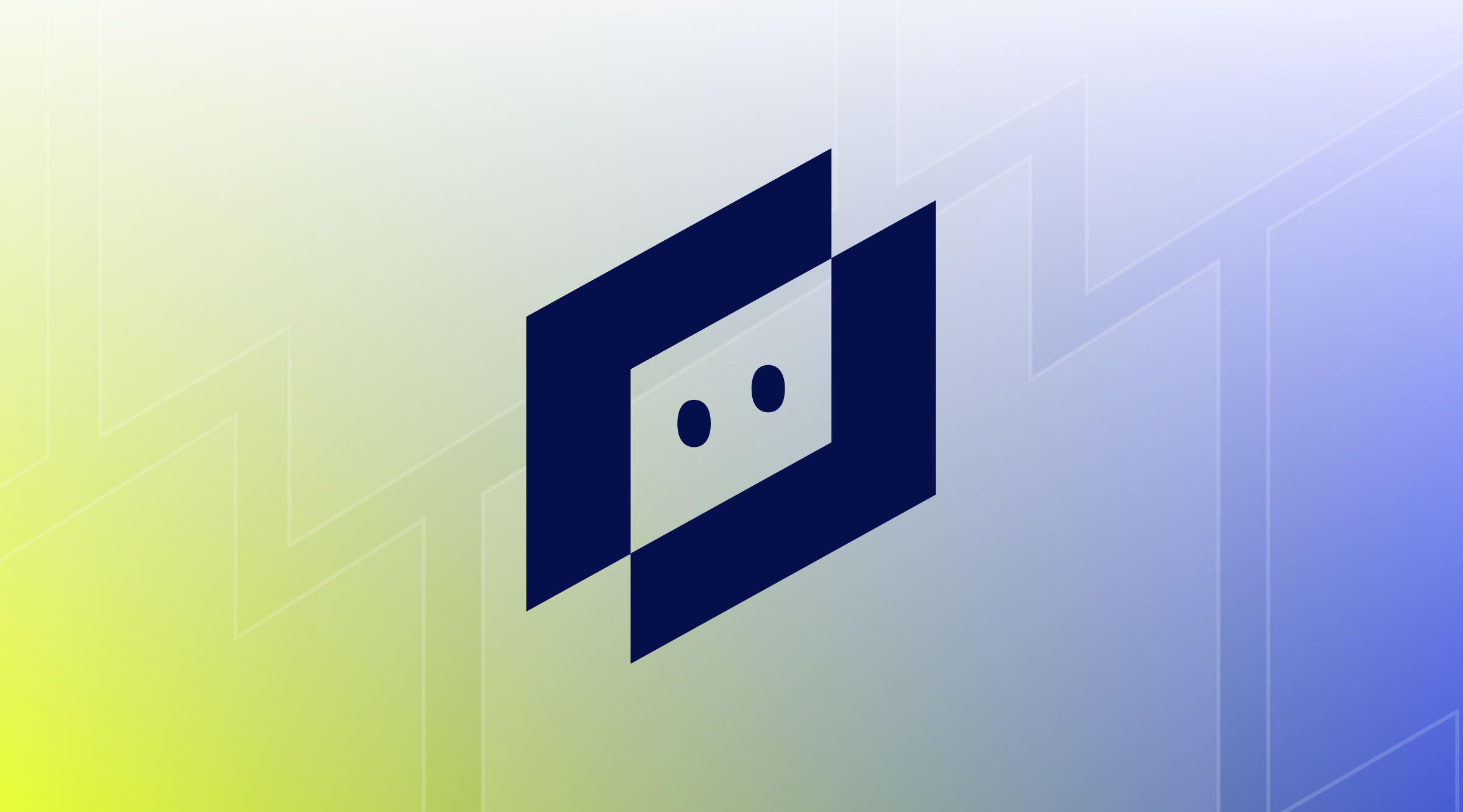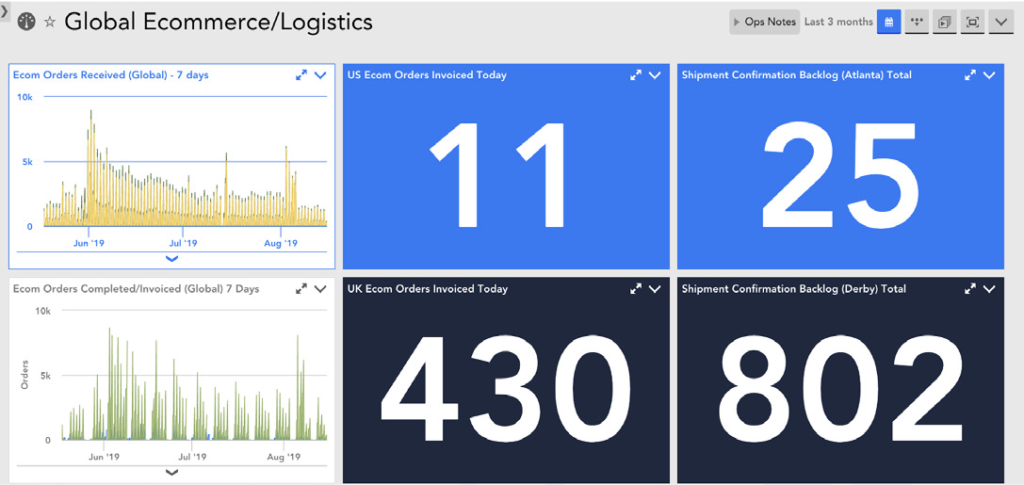Observability for Retail: Top 3 Challenges and How Monitoring Can Help


The pandemic has created a unique set of circumstances that have accelerated what was already a growing trend. The shift from brick and mortar retail to a hybrid online and in-person retail experience has meant that nearly every retailer must also be an e-tailer and deliver a flawless digital shopping experience for its customers.
The rise of omnipotent global retail brands like Amazon who have defined the shopping experience but also set unrealistic expectations of how goods can be fulfilled has set the bar very high for other retailers. A digital business relies on smooth and responsive technology. A slow response from a site or an app can directly lead to lost customers. Outages of your website or your fulfillment systems can lead to lost sales and delays which impact your reputation.
Thankfully, technology is keeping pace with the expectations of the consumers with the reliance on things like Kubernetes to allow for agile development of systems and chatbots to handle costly first-line customer support. In this blog post, I will explore some of the challenges in the retail space and the trends in IT which are helping to address the challenges for retailers in this increasingly digital-first industry segment.
COVID has accelerated what was an already significant trend as shoppers were unable to visit shops in 2020. Retailers must be increasingly innovative to keep customers in a very competitive marketplace dominated by Amazon and larger retailers. Having a strong online presence and mobile application will be fundamental to the success of the modern retailer.
Just in time is no longer enough. Using AI to predict trends is becoming popular. Being able to predict seasonality or the latest fad is key to maintaining adequate stock levels. Using historical data to predict trends is the starting point but also learning from other trends to predict demand for new products or services is more challenging. Customer experience is already being dominated by the chatbot. Businesses will try to further leverage AI in all areas of business management from product design to marketing copy.
The world is now mobile and the vast majority of research and increasingly purchase decisions happen through a mobile device. Retailers have had to adapt already but are increasingly having to find new ways to engage customers. User experience is everything. Slow or buggy applications or online services could cost a retailer a customer. Finding better or novel ways for customers to check out, search your catalog, and be inspired by what other people are looking for will enhance the user experience and help retain customers. To compete with global corporations like Amazon, businesses are collaborating to provide their goods on shared marketplaces, improving customer experience and choice.
Understanding the carbon footprint of scope three emissions (third-party) in a complex supply chain can be challenging. However, indirect emissions are still important to consider. Identifying energy efficiency opportunities is especially important for larger organizations that have a public mandate to be responsible for the way their corporation behaves. Retailers and e-tailers are focused on building a low carbon strategy and supplier engagement. Measuring your footprint is the first step. If you can measure it, you can make changes to lower your carbon emissions
There is a myriad of different factors affecting a customer’s experience and their engagement with your online brand (website/app load/response times, checkout process, navigation and search, customer reviews, social media). Slight changes to load time or checkout experience can lose fickle customers quickly. The technology stack to deliver websites, applications, and in-store IT is pretty diverse and distributed. Continuous integration and continuous delivery (CI/CD) is a feature of a modern online business as companies test new features and functionality. Being able to add features, test spontaneously and then remove them is the Amazon way and is essential to being able to release new features which help and don’t hinder your customers.
The supply chain process is made more complex by a variety of delivery options (next day/same day), especially with perishable goods. Customer research online ahead of time leads to fierce price competition, which eats away margins. The number of interdependent factors associated with supply chain has a big impact on complexity (customer demand, seasonality, marketing, cash flow, different requirements of stakeholders in the supply chain).
Consumers have gotten used to being able to find what they need quickly. If you cannot supply what is needed, then your consumer will often look elsewhere. Forecasting effectively requires good data and experience and is key to making sure you can fulfill expected demand without sinking much money into stock. Just in time stock control is made easier by leveraging big data to analyze supply and demand and create forecasting models to predict both accurately.

LogicMonitor marries visibility into your traditional and cloud workloads with your IoT and productions systems to allow you to troubleshoot and optimize the system as a whole – from stock control to revenue data, all of this can be detailed in one system allowing the business to be more agile and make informed, data-based decisions.

LogicMonitor has extensive coverage across the enterprise IT landscape and into the cloud with monitoring templates for everything from SD-WAN to containers. Often businesses are used to data silos, with teams needing their own specialist tools to monitor their specific technologies. LogicMonitor liberates silos by allowing every team to troubleshoot their problems in the same way with granular performance data for all types of infrastructure.
LogicMonitor was designed by engineers for engineers and ease of customization is at the heart of the platform. The LM Exchange provides the perfect mechanism for the LogicMonitor team and our customers to share new monitoring templates. LogicMonitor simplifies the process of building custom monitoring templates with our rapid prototyping capabilities, allowing engineers to choose from a multitude of different mechanisms to extract monitoring metrics including our new ability to ingest metrics pushed from a monitored device. You don’t need to worry about building your own data sources if you don’t want to, we also have a large team of professional services engineers available to help users customize their monitoring based on needs.

LogicMonitor’s platform is secure. The following are just some of the ways LogicMonitor ensures user and systems security.
Secure Architecture
Secure Data Collection
Secure Operations
Secure Practices
Secure Standards
In addition to LogicMonitor’s native platform, by leveraging a secure proxy, user operations teams will retain complete control of communications. This allows users to lock down traffic out of their networks to minimize exposure to external bad actors.
Especially in the retail space, being able to analyze trends in demand can be the key to ensuring you have the right stock in place to fulfill customer needs. LogicMonitor uses industry-leading algorithms to analyze any metric ingested. Using LogicMonitor’s bespoke monitoring templates allows you to ingest revenue and stock data to identify patterns and anomalies.
LogicMonitor’s AIOps features intelligently detect service-impacting signals from noise, make signals more actionable, and reduce the flurry of false alerts that keep teams up at night. With alert escalation chains, users can ensure the right team members are informed via SMS, email, chat, or ITSM integrations. LogicMonitor’s AIOps capabilities enable teams to identify the root cause of an outage and put an end to alert storms with built-in dynamic thresholds and root cause analysis.

Users are able to gain full observability in one click. The LogicMonitor platform can connect the dots between metrics, logs, and traces right out of the box.
In an industry where consumers are very cost-conscious and increasingly fickle, customer experience is important to keeping your customers happy and also just keeping your customers at full stop. Using technology to reduce downtime within your online marketplace but also to predict trends before they happen will be key to keeping ahead of the competition. Data is needed to make the right decisions and in a complex technology environment, having a complete overview of your critical business systems and business performance could be the differentiating factor that sets your business apart.
© LogicMonitor 2025 | All rights reserved. | All trademarks, trade names, service marks, and logos referenced herein belong to their respective companies.
